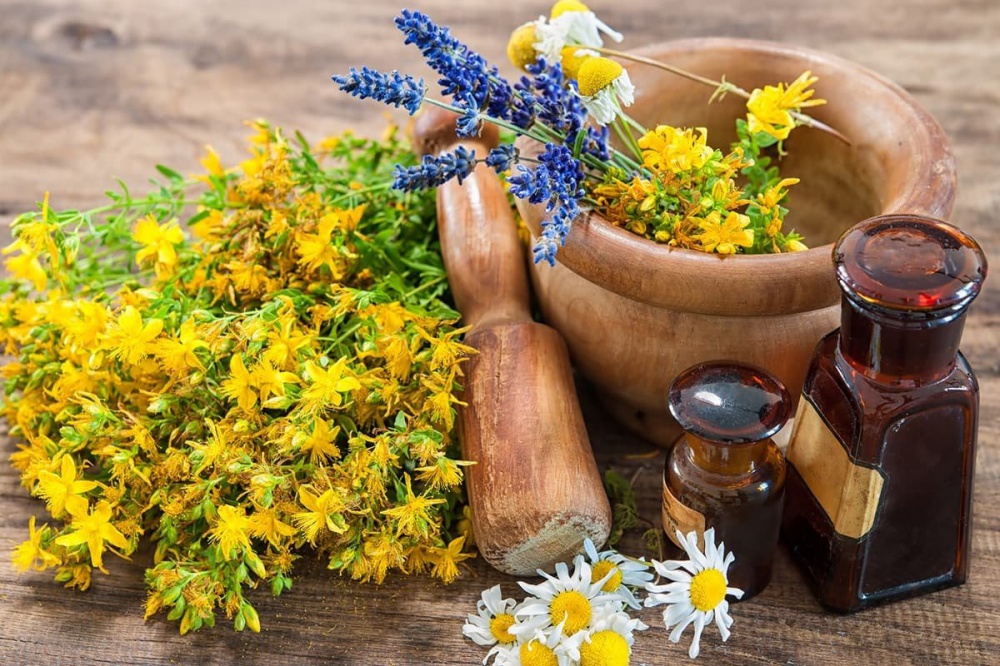Hypoglycemic properties of some medicinal plants of Tajikistan
Since ancient times, herbal remedies have been used empirically to treat diabetes mellitus (DM). Some sugar-lowering medicinal plants, due to their content of compounds with insulin-like action, affect carbohydrate metabolism more physiologically than synthetic drugs. Medicinal plants have an advantage over synthetic drugs. They are low-toxic, have a mild effect, can be used for a long time, well combined with drugs, enhance their therapeutic effect. Works of oriental scientists and healers Muwafaq Ali Hiravi, Muhammad Zakariya Rozi, Abubakr Bukhari, Abuali ibni Sino and other medieval Tajik doctors had a significant impact on the development of medicine and phytopharmacology.
Analyzing the scientific literature, one can take into account the special value and advantage of medicinal plants and fruit crops. In their structure there are highly effective BAS as flavonoids, organic acids, alkaloids, tannins, vitamins, micro and macroelements, etc. In plants flavonoids are localized mainly in leaves and fruits, less often in roots and stems, Flavonoid compounds are typical plant dyes, they are not formed in the animal body, and are found in plants in the free state in the form of glycosides. Organic acids are compounds of aliphatic or aromatic series, characterized by the presence of one or more carboxyl groups in the molecule. They are widely distributed in plants, accumulate in significant quantities, are diverse in structure and biological role. Organic acids are found in plants mainly in the form of salts, esters, dimers and the like, as well as in free form, forming buffer systems in plant cell sap. Many organic acids are pharmacologically active substances (citric acid, nicotinic acid, ascorbic acid).
Search for new most effective medicinal plants containing essential oils, polyphenols, flavonoids is an urgent problem of pharmacology and diabetology. Plant products with hypoglycemic properties can replace insulin and oral sugar-lowering drugs.
The works of our Tajik scientists pharmacologists - Professor Y.N.Nuraliev, Professor Ishankulova B.A., Candidate of Medical Sciences Zubaidova T.M., as well as the staff of the Department of Pharmacology proved that essential oil and polyphenol-containing medicinal plants have a sufficiently pronounced antidiabetic effect. Employees of the department conducted a search for the most promising medicinal plants from among the local endeme, possessing a pronounced sugar-reducing effect. As a result of searches among 50 species of medicinal plants we selected such plants as roots of geranium hilum, fruits of Sophora japonica, leaves of cultural grapes, leaves of blackberry, leaves of quince, leaves of mulberry, nettle and others. These plants are very widely used in folk and modern medicine in the treatment of diabetes mellitus. On the model of DM "alloxan diabetes", "glucose tolerance test" in experimental animals were obtained positive results, i.e. hypoglycemic properties of the above mentioned medicinal plants, which grow in Tajikistan.
Urunova M.V. - c.m.s., associate professor
head of the department of pharmacology
translated Ismoilov R.

